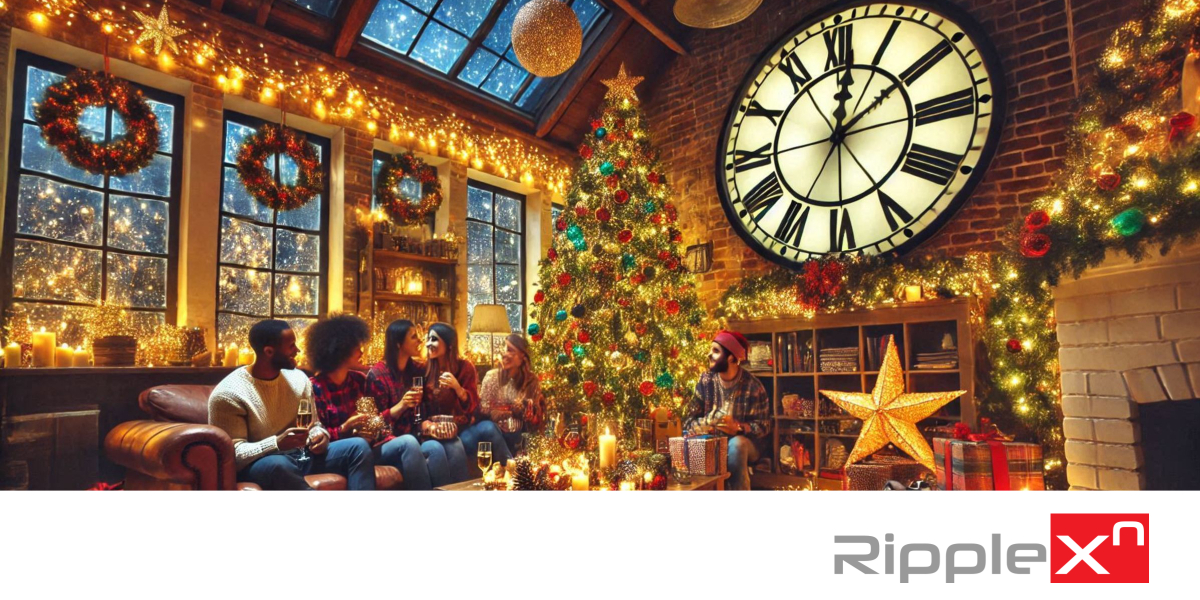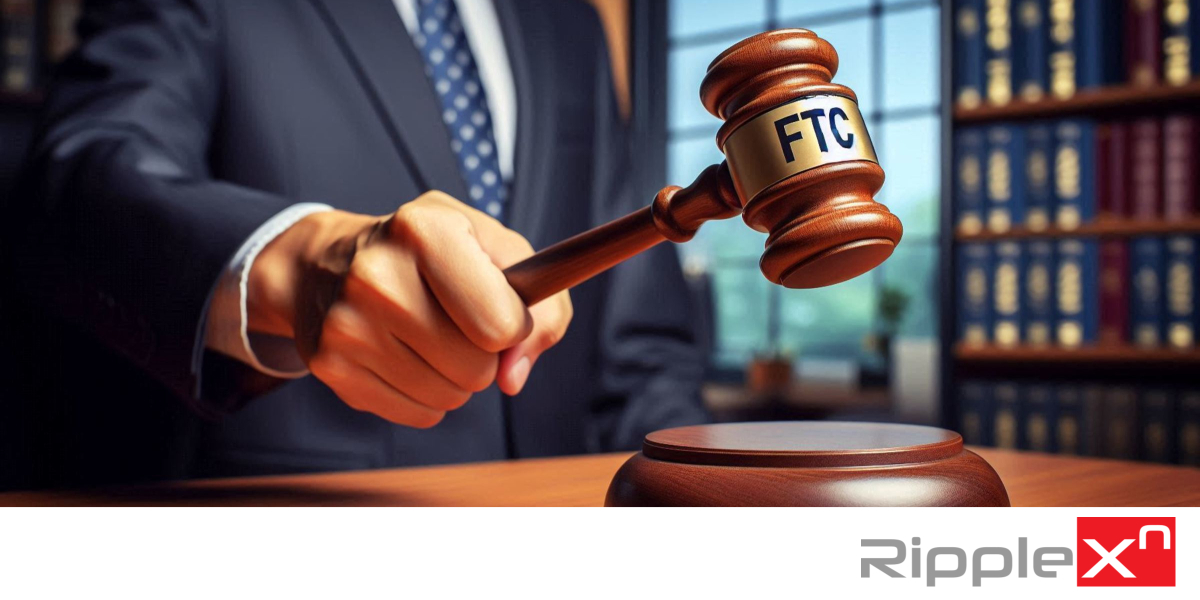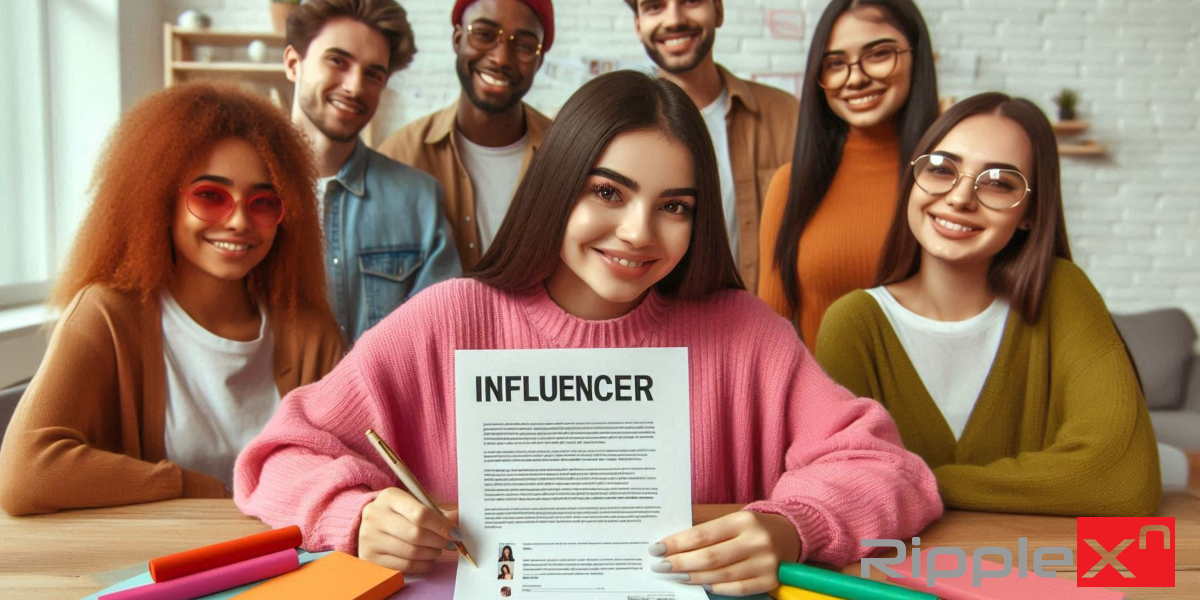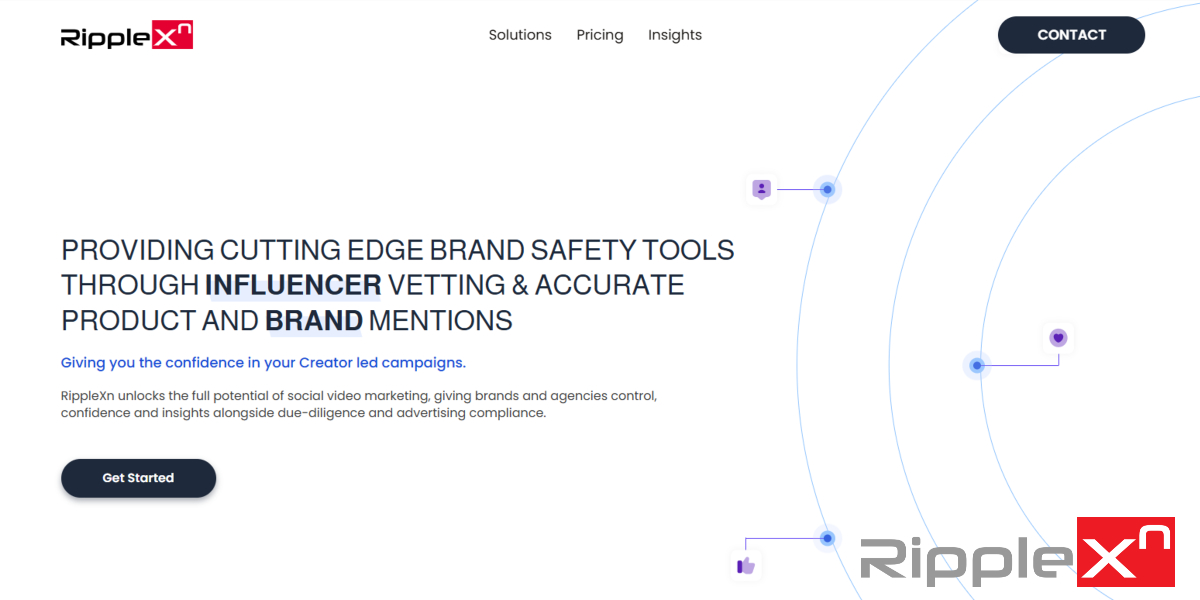In today's digital age, brand safety and advertising compliance have become critical concerns for modern businesses. As the lines between traditional and digital marketing blur, companies must navigate an increasingly complex landscape to protect their reputation and ensure regulatory adherence. This article explores the multifaceted world of brand safety and advertising compliance, delving into who bears the responsibility and how organizations can effectively manage these crucial aspects of their marketing efforts.
What is Brand Safety and Advertising Compliance?
Before we dive deeper, let's establish clear definitions for our key concepts:
Brand Safety
Brand safety refers to the practices and measures taken by companies to protect their brand reputation from potential risks associated with their advertising placements. This includes ensuring that ads do not appear alongside inappropriate or harmful content that could damage the brand's image or values.
Advertising Compliance
Advertising compliance involves adhering to legal and regulatory standards set by governing bodies to ensure that marketing communications are truthful, transparent, and not misleading to consumers. This encompasses a wide range of regulations, from disclosure requirements to industry-specific guidelines.
The importance of Brand Safety and Advertising Compliance for modern brands
In an era where brand perception can change in an instant, maintaining brand safety and ensuring advertising compliance are more crucial than ever. Here's why:
- Reputation management: Your brand's reputation is what people think of you, while your brand communications are what you push out. Misalignment between these can lead to significant reputational damage.
- Consumer trust: Adherence to compliance standards builds consumer trust and loyalty.
- Legal protection: Compliance helps avoid costly legal battles and regulatory fines.
- Competitive advantage: Brands that prioritize safety and compliance often stand out in crowded markets.
Stakeholders and types of risks
Various stakeholders play a role in brand safety and advertising compliance, each facing unique risks. This will vary by type and size of company and the volatility and nature of their market:
Marketing teams
Risks: Inadvertently placing ads in inappropriate contexts, failing to disclose sponsored content properly.
Communications departments
Risks: Mishandling crisis communications, inconsistent messaging across platforms.
Social Media Managers
Risks: Real-time engagement mishaps, platform-specific policy violations.
Employees
Risks: Unauthorized sharing of company information, personal social media activity reflecting poorly on the brand.
Influencers & Brand Ambassadors
Risks: Off-brand behavior, non-compliance with disclosure requirements.
Protecting brand safety and ensuring compliance
Various roles within an organization contribute to protecting brand safety and ensuring advertising compliance:
- Chief Marketing Officer (CMO)
- Brand Safety Officer
- Compliance Officer
- Social Media Manager
- Public Relations leadership
- Legal Counsel
- Risk Management Specialist
- Digital Marketing Manager
- Influencer Marketing team
If you look on the job boards there are almost an infinite number of job titles, and even more responsibilities as part of another role.
Influencer Marketing: A special case
Influencer marketing presents unique challenges and opportunities in the realm of brand safety and ad compliance:
Background Vetting
Thorough vetting of potential influencers is crucial. This involves:
- Analyzing past content for alignment with brand values
- Checking engagement metrics for authenticity
- Reviewing any previous controversies or compliance issues
Campaign monitoring
Active monitoring during and after campaign launch is essential:
- Real-time content review for compliance with guidelines
- Tracking audience reactions and sentiment
- Ensuring proper disclosures are maintained throughout the campaign
Challenges and costs
Maintaining brand safety and compliance in the digital age is complex and resource-intensive:
- Time constraints: Constant vigilance is required across multiple platforms and campaigns. And constantly on for the campaign review period
- Technological hurdles: Keeping up with evolving digital landscapes and new platforms. You could book on YouTube, but are you also checking TIkTok?
- Resource allocation: Dedicating staff and budget to compliance and safety measures may be considered a waste of money if nothing happens!
- Training and education: Continuously updating teams on new regulations and best practices.
- Global considerations: Navigating varying compliance requirements across different regions.
Mitigation Strategies
To address these challenges, companies can implement several strategies:
- Invest in AI-powered vetting and monitoring tools - check out the RippleXn features.
- Develop comprehensive social media and influencer marketing policies & monitoring programs.
- Implement regular training programs for all employees involved in marketing and communications. Consider a secondary program for agencies & partners too.
- Create a cross-functional team dedicated to brand safety and advertising compliance.
- Establish clear escalation procedures for potential issues.
- Regularly audit and update compliance processes to stay ahead of regulatory changes.
A collective responsibility
Brand safety and advertising compliance are not the responsibility of a single department or individual. They require a concerted effort across the entire organization, from top-level executives to front-line employees.
By fostering a culture of advertising compliance and safety, investing in the right tools and training, and staying vigilant in the face of evolving digital landscapes, brands can protect their reputation, build consumer trust, and thrive in today's complex marketing environment.
Remember, in the world of brand safety and advertising compliance, prevention is always better than cure. Stay proactive, stay informed, and most importantly, stay compliant.
If you are working across social media with your own teams, or with Creators are you ready?
Talk to the RippleXn team about influencer vetting and ongoing monitoring.






